Epicurean - Historical Foods, Dining, and Wines
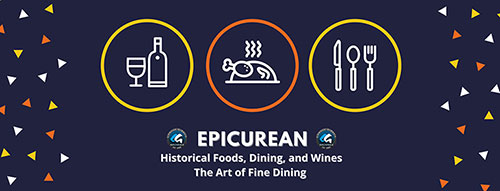
Epicurean, or Epicure, comes from Epicurus, the ancient Greek Philosopher who taught the philosophy of simple pleasures. One of these enjoyments is the pleasure associated with good food. Epicurean also refers to an individual who delights in fine food and wines. This section incorporates a complete analysis of the culinary art of the 1900s, including table and wine service, a selection of bills of fare, fine dining and entertainment, and vintage recipes from that era.
The success of a dinner depends upon good cooking, how it is served, and especially on entertaining congenial guests. The American service is copied from the French and Russian and remodeled to the tastes and customs of this country; as it varies somewhat from all others, a few instructions may be helpful to those desirous of learning the difference between them.
Epicurean Topics
Cakes, Chocolate and Cocoa, Coffee and Tea, Confectionery, Cooking Methods, Family Recipes, Food and Fine Dining, Holiday Dining and feasts, Pastries, Vintage Ads, Vintage Cookbooks, Vintage Menus, Wedding Feasts, and Wine and Spirits.
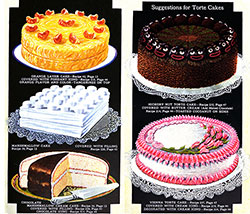
Chocolate cakes grow increasingly fashionable, and one of these, coated with sugar, was quite charming, with festoons of blue ribbons, all in sugar, caught up with the favorite violets, or with pink sugar roses. But the slabs are the novelty and the sack-shaped cakes.
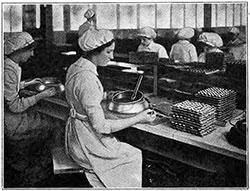
Chocolate is given a somewhat broader meaning. It signifies any preparation of roasted cacao beans without the abstraction of butter. It practically always contains sugar and added cacao butter and is generally prepared in molded form. It is used either for eating or drinking.
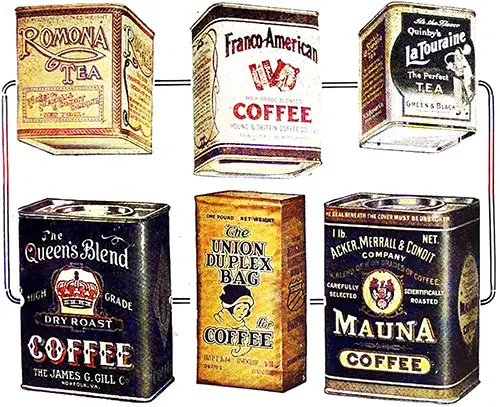
The Ultimate Guide to Coffee & Tea: History, Science, and the Art of Brewing
The Coffee & Tea - Epicurean Pleasures is a rich and meticulously curated collection of historical, scientific, and cultural articles that explore the world of coffee and tea in depth.
This section serves as a goldmine of knowledge for epicureans, food historians, students, teachers, baristas, business analysts, and coffee connoisseurs looking to trace the evolution of these beloved beverages from their origins to modern-day consumption.
Spanning from the science of brewing to cultural revolutions, from the birth of café culture to innovations in packaging and roasting, this collection presents a compelling narrative that is both educational and entertaining.
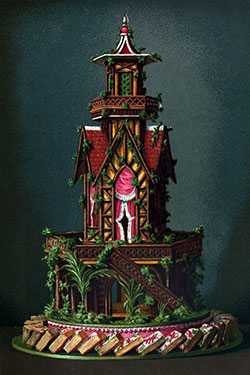
Confectionery often refers to confections and are rich in sugar. It is therefore crucial that the pastry cook has a great knowledge of sugar, its composition and behavior in different temperatures and conditions.
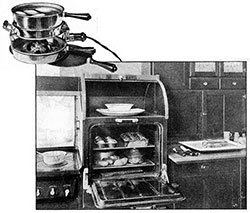
Food may be cooked by boiling, roasting, baking, steaming, stewing, grilling, frying, braising, poaching and cooking in stoneware. There are different methods of bringing the necessary heat to bear upon the articles to be cooked.
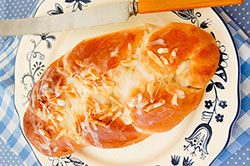
The Gjenvick-Gjønvik Family has a great love for food and has many Chefs in the extended family. We bring you these delightful, tasty culinary dishes from Scandinavia, developed from recipes handed down from generation to generation.
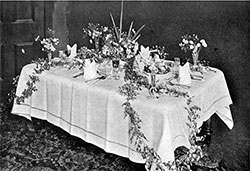
Our Section on Food Articles contains information on the History of Breakfasts, Culinary Terms and Methods, Holiday Dinners, Culinary Handbook, Bridesmaids Luncheon, and more.
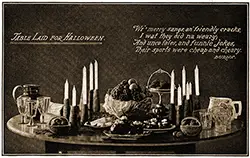
A cabbage hollowed out and lined with paper serves as a fruit dish; candlesticks are made of carrots. Celery-apple-and-nut, salad is served in red peppers. Marshmallows, in shape and color at ears of yellow corn, are used as bonbons. Boston brown-bread sandwiches, doughnuts, cider nuts complete the menu.
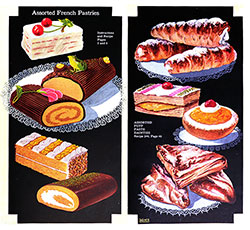
It is much easier to bake pastry than to make it. The oven requires care, constant attention, and practice, it is true. But the art of making a paste is quite another thing— an art that admits of no mediocrity.
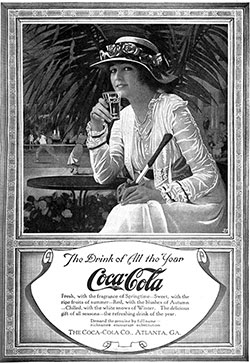
Vintage epicurean advertisements often featured women using or attesting to the qualities of a product. These ads are well illustrated, and often provide a background or history of the product or the manufacturer.
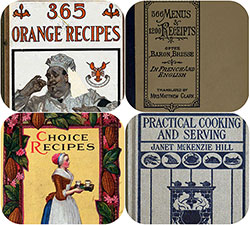
Our modern cook books are very good and most of the dishes presented are not only palatable but delicious, but I often find myself wondering why so many of our grandmothers' dishes are obsolete.
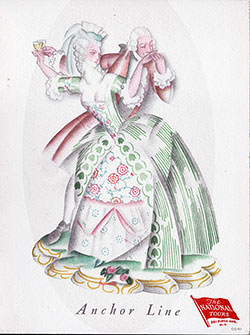
Grand collection of vintage ocean liner and other menus covering breakfast, lunch, dinner, farewell dinner, special occasions, and specialty menus that provide an insight into the variety of foods served on the transatlantic steamships and ocean liners and restaurants from the 1800s through the 1950s.
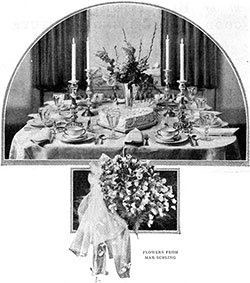
The success of a wedding dinner party depends largely on the host and hostess. The dinner cannot be a failure and infinite pains are necessary in preparing the table, instructing about laying the table, serving, etc. It is all in the Art of Entertainment.
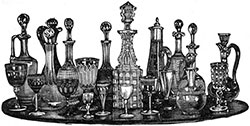
The art of Brewing, or extracting fermentable liquors from grain, is thought much more modern than that of profiling and preparing wine from the grape; as this latter is reputed less ancient than it really is. Liqueurs and Cordials are made from wines distilled or blended with various herbs and plants.
